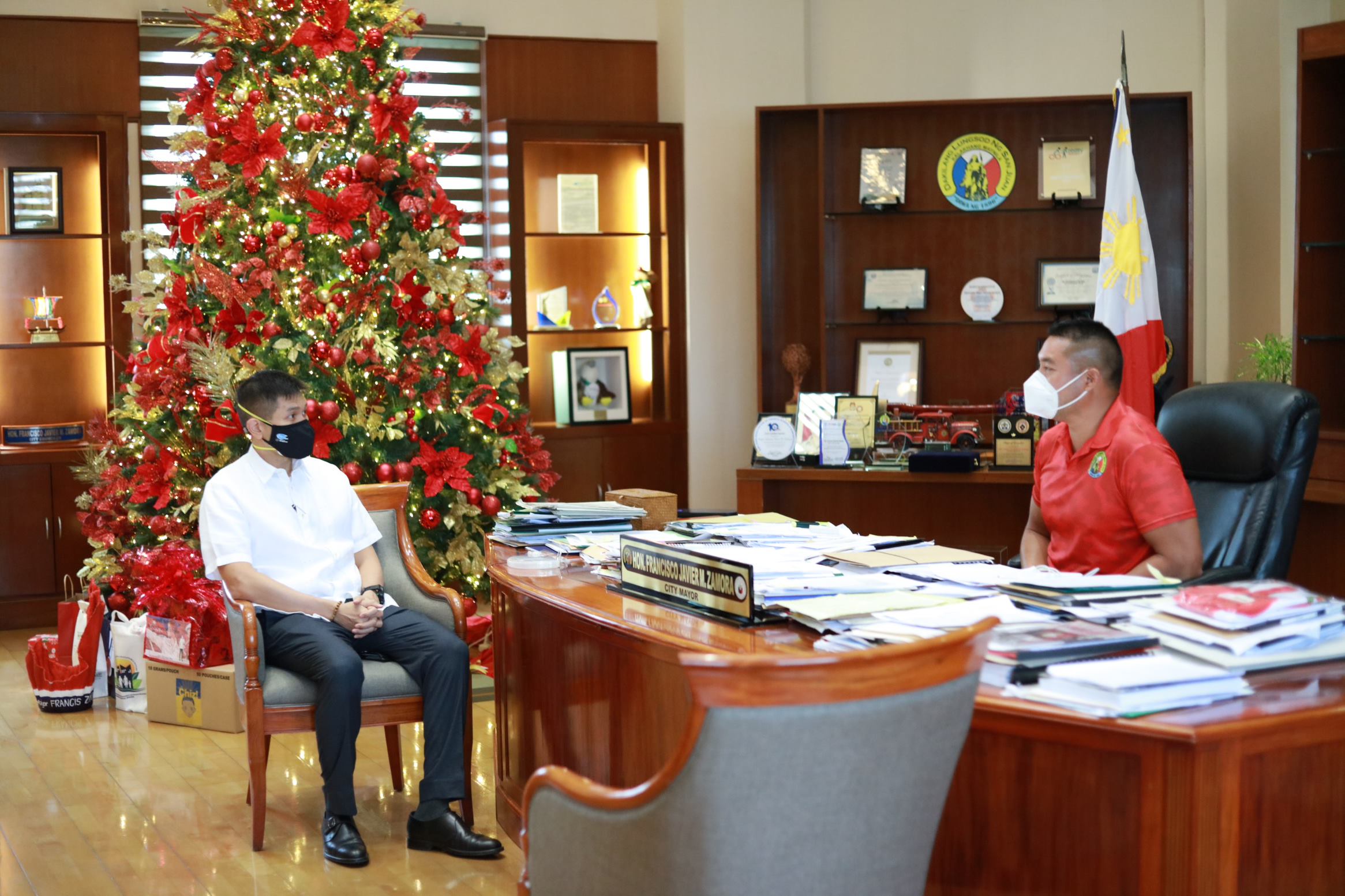Several titles have been attached to Baguio. Through the years, it’s been referred to as the Summer Capital of the Philippines, the City of Pines, the country’s rainiest city, the melting pot of tribal groups, a haven for artists; and more recently, it has been designated as a UNESCO Creative City.
Though this feat was announced in October 2017, it was only in February of this year that the public got a real taste of what it means to be included in UNESCO’s Creative Cities Network (UCCN). Such was aptly revealed through the Baguio Creative Hub, a grand exhibition in Malcolm Square, in which every booth paraded the craft and folk art treasures of the city (this ranges from woodcarving and weaving, to tattoo art and metal crafts), as well as display actual solutions to issues that threaten the destination’s creative development.
Creative continuity
Central to these issues is the matter of continuity – how ancient art practices could be passed from one generation to another, and keep up with the times. For some parties, the solution is innovation or to come up with products that are in line with current trends. For instance, Baguio’s weavers, while upholding the practice of using locally sourced cotton and dyes, come up with pieces of clothing that have modern fashion cuts, as well as dolls wearing traditional clothing. Same goes for the silver craftsmen and the woodcarvers. The former have come up with everyday jewelry, while the latter’s inventory includes furniture and not just the popular bulols (carved wooden figure).


‘A City of the Future’
While being part of the UCCN entails that Baguio would be exchanging notes regarding experiences, knowledge, and best practices with other Creative Cities across the globe, it’s important to underscore that with Baguio, being a UNESCO Creative City begins at home – with local stakeholders having to come together for creative sustainability.
Baguio Creative Council Chair Adelaida Lim makes an excellent point regarding this, saying, “The UNESCO designation of Baguio as a Creative City is not an award or prize for something that we have already achieved. Rather, it’s a recognition of what we can do in the future. It highlights what we have yet to accomplish, not what we have already done. Baguio, the Creative City, is a city of the future. It has to be imagined and brought into being.”


Aside from innovative thinking, Lim mentions social equity, environmental sustainability, and economic opportunity as key factors in achieving a Creative Baguio.
Baguio is the first Philippine city to be named a UNESCO Creative City. As of writing, there are only six in the whole of Southeast Asia included in the UCCN: Bandung and Pekalongan (Indonesia), Chiang Mai and Phuket (Thailand), and Singapore.
Apart from Baguio, 63 other cities worldwide were included in the UCCN in October 2017.
By JV RAMOS
Baguio joins UNESCO’s Creative Cities Network
Published on March 6, 2018
This post was last updated on March 26th, 2020 at 02:47 pm







